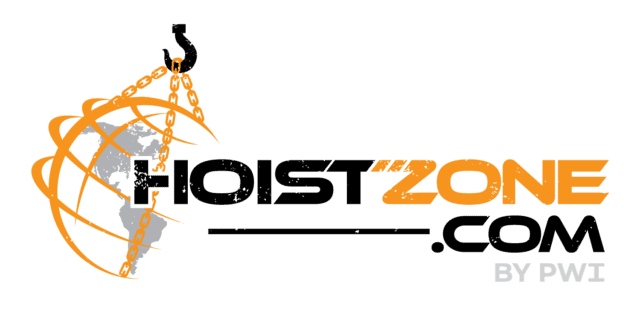Coffing G Series Ratchet Lever Chain Hoist
The Coffing G Series Ratchet Lever Chain Hoist is an efficient and durable option that is ideal for utility transmission and distribution work. The roller chain (often called a bicycle chain) can be easily added to or removed from to increase or decrease the amount of lift. This type of chain also handles more capacities than a traditional coil chain.
Free Chaining
This hoist has a free-chaining mechanism. You’ll have quick and easy take up and positioning of slack chain. Your hoist will not free chain when under load.
Handle Protection
The handle won’t spin if it is accidentally released while operating.
Multiple Rigging Options
This hoist can lift, pull, or bind. You can operate it from either side and it will work in any position.
Snap Hook & Link
The snap hook and link allows you to convert your unit to the next smallest capacity. By doing this, you’ll have longer lifts and faster operation. The snap hook acts as an end stop so it won’t be able to pass through the chain sprocket.
Adjust Your Lift
You can increase or decrease your lift by easily adding or removing links.


Reviews
There are no reviews yet.